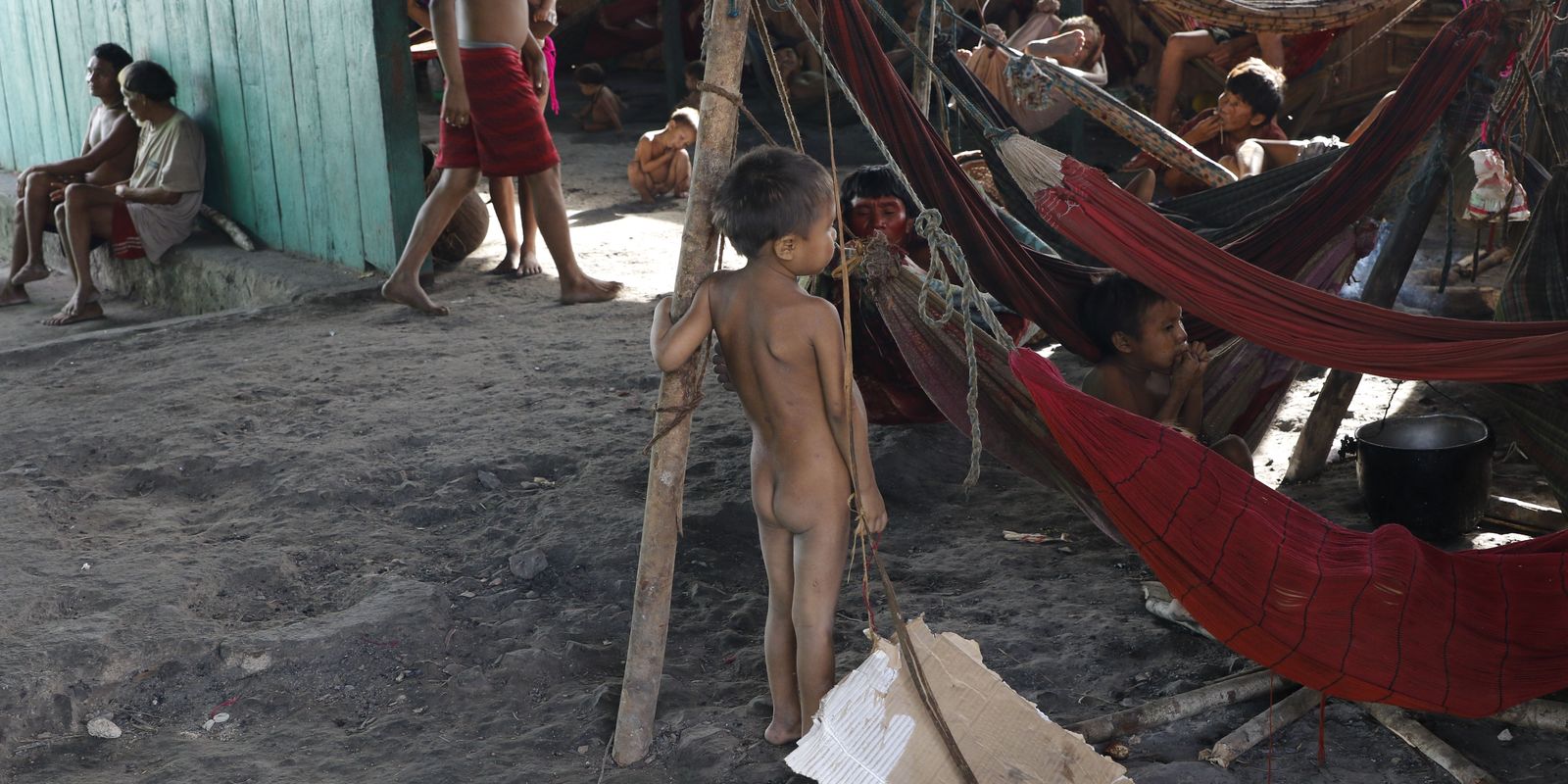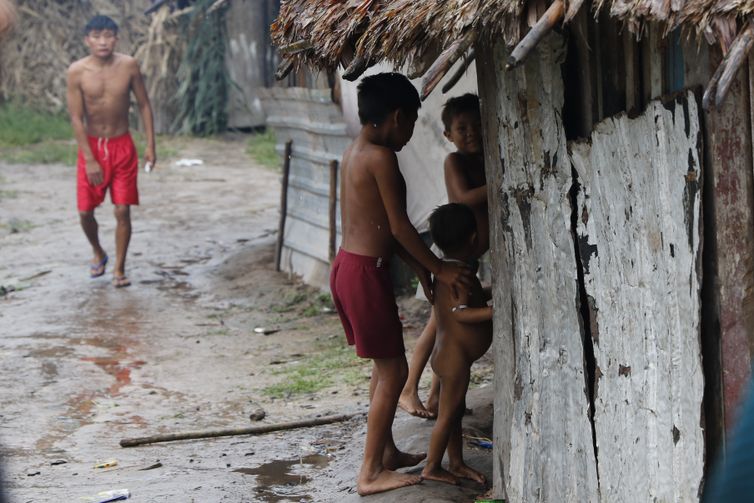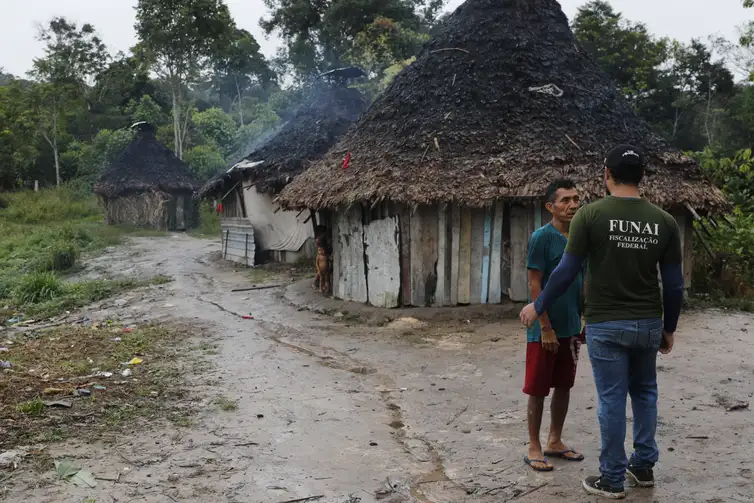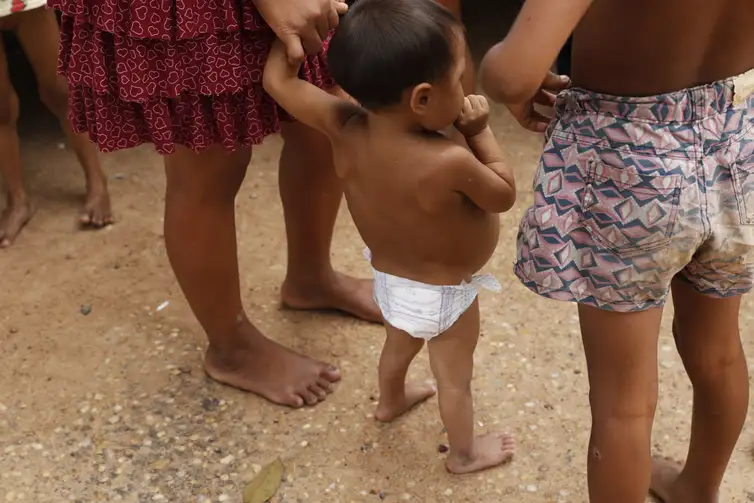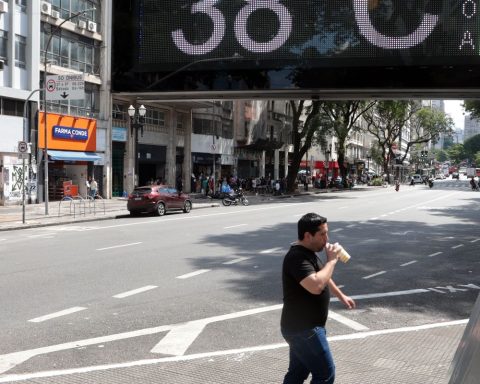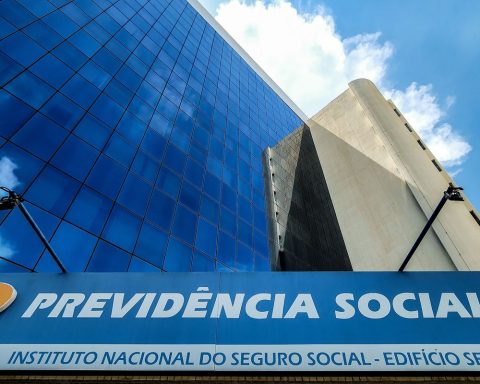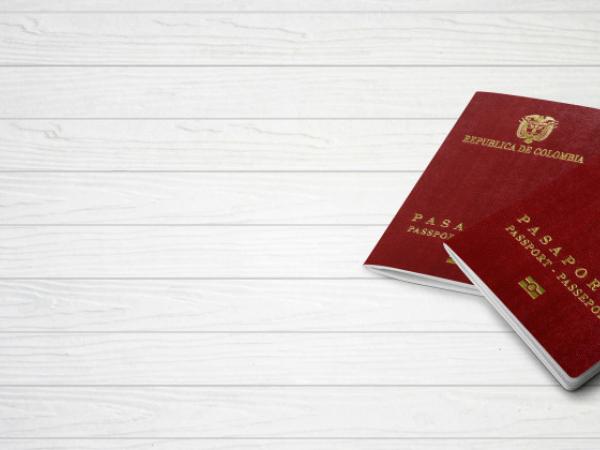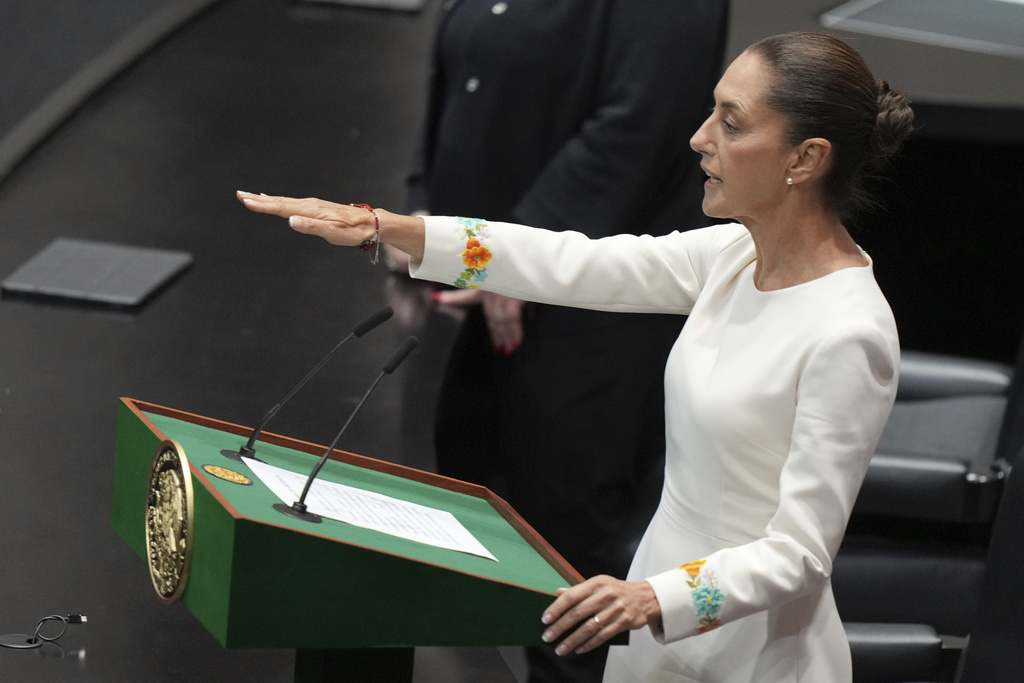The Brazilian indigenous population, especially those who live in delimited territories, have the worst literacy rates, live in more precarious housing than the country’s total population and have less access to birth registration at a registry office. The finding is part of a supplement to the 2022 Census, released this Friday (4) by the Brazilian Institute of Geography and Statistics (IBGE).
The survey collected information on literacy, birth registration and household characteristics of 1,694,836 indigenous people (0.83% of the Brazilian population), with 622,844 living on indigenous lands (TIs) and 1,071,992 outside demarcated territory.
The criterion used by IBGE for a person to be considered indigenous was self-declaration, that is, the way in which the person recognizes themselves.
“We have two questions to capture indigenous belonging. The first: ‘is your color or race white, black, yellow, brown or indigenous?’. And then, if the person is in an indigenous location and has answered that the color or her race is white, black, yellow or brown, we ask a covering question, which is ‘do you consider yourself indigenous?'”, explains the coordinator of the Census of Traditional Peoples and Communities, Marta Antunes.
Illiteracy
While the Brazilian population as a whole has an illiteracy rate of 7%, among indigenous people it is more than double, 15.05%.
The rate represents the percentage of people aged 15 or over who cannot read and write at least one simple note.
In indigenous lands, the rate rises to 20.80%. This represents one in every five indigenous people living in these locations.
In the previous census, in 2010, the rate was higher in all groups: 9.62% for the total population, 23.40% for indigenous people and 32.30% for those living in IT.
Data from 2022 reveal that – in all groups – the older the age group, the higher the proportion of illiteracy.
In the indigenous population, while the age group between 15 and 17 years old has a rate of 5.55%, among those over 65 years old it reaches 42.88%. Within TIs, the percentages are 9.13% and 67.90%, respectively.
Another highlight highlighted by the 2022 Census is that indigenous people living in the North (15.27%) and Northeast (18%) regions have an illiteracy rate higher than the average for all indigenous people in the country (15.05%).
The same regional behavior is observed in relation to indigenous people living in IT. The national rate is 20.80%, against 23.01% in the North and 23.74% in the Northeast.
Housing
Across the country, the 2022 Census counted 72.4 million permanently occupied private households. Of these, 630,428 have at least one indigenous resident, which corresponds to 0.87% of the total.
Of all the residents of these more than 630 thousand addresses, 73.44% are indigenous, that is, they cohabit with people of other colors and races.
The IBGE identified that of the households with at least one indigenous person, 91.93% are houses, a level higher than the average for the Brazilian population (84.78%). In apartments it is 3.51%, while in the general population the proportion is 12.51%.
In indigenous lands, 8.15% of households were classified as “indigenous housing without walls or maloca”. Malocas, also known as palhoça, choupana, among other names, can be made of bamboo and logs, covered with dried palms or straw and other materials and can be used as housing by several families.
To assess the characteristics of indigenous households, IBGE investigated details about water supply; existence of a bathroom; waste disposal and disposal. Census takers sought information on whether water reaches addresses via a supply network or well, for example; whether there was regular garbage collection or whether it was burned or buried; and whether the sewage was collected by the general network, septic tank or dumped precariously.
The analysis was not carried out in relation to indigenous dwellings without walls or longhouses. “We don’t expect to find bathrooms for exclusive use and some types of basic sanitation solutions. These households demand very different solutions”, explains Marta Antunes.
Precariousness
In relation to water supply, 93.97% of the Brazilian population had distribution within the home, whether through a general network, well, fountain, spring or piped mine. Among indigenous people, the percentage drops to 63.21%. In indigenous lands, the reduction is even greater, with only 30.76% of residents having access to water at home.
The census survey reveals that only 0.5% of households in the country did not have a toilet. Among indigenous households, it was 5.06%. Specifically on indigenous land, 18.46%.
In indigenous lands, 85.42% of residents had sewage through rudimentary septic tanks, holes, ditches, rivers, streams, seas or other inadequate means. Among the total number of indigenous people, the figure was 60.17%, while in the general population it was reduced to 23.82%.
Around 90% of Brazilians relied on direct or indirect garbage collection. Among indigenous people, this proportion dropped to 55.27%. In indigenous lands the number was even lower, 13.78%.
In 342 thousand permanent private homes where 69.12% of indigenous people (1.1 million) live, there was at least one precarious situation linked to water supply, sewage disposal or garbage disposal.
In the total population, the proportion was 27.26% living with one of the three inadequacies. Within indigenous lands, the proportion reached 95.59%.
When counting residents who combine the three forms of inadequacy, IBGE finds 107,463 households, where 470 thousand indigenous people live (28.82% of the country’s indigenous people). In indigenous lands, the percentage rises to 62.23% of residents. In the total Brazilian population, they are 2.97%.
“With this publication, it is possible to better guide managers, especially knowing that we have a special indigenous health policy on indigenous lands, which includes access to basic sanitation in a culturally appropriate and differentiated way”, says researcher Marta Antunes.
Birth registration
IBGE also collected information about birth registration, a bureaucratic procedure that makes a person official as a citizen. The institute asked indigenous people whether residents up to 5 years old were registered at a registry office or through the Administrative Registry of Indigenous Birth (Rani), issued by the National Foundation of Indigenous Peoples (Funai).
Among indigenous people, 89.12% are registered with a notary, 4.97% have Rani, 5.42% are not registered and 0.49% were unable to respond or ignored it.
In indigenous lands, the percentage of residents registered with a registry office drops to 85.53%, while 5.51% have Rani, 8.34% were not registered and 0.63% do not know or are unaware.
In the Brazilian population as a whole, there is practically universalization, with 99.26% registered at a notary’s office.
